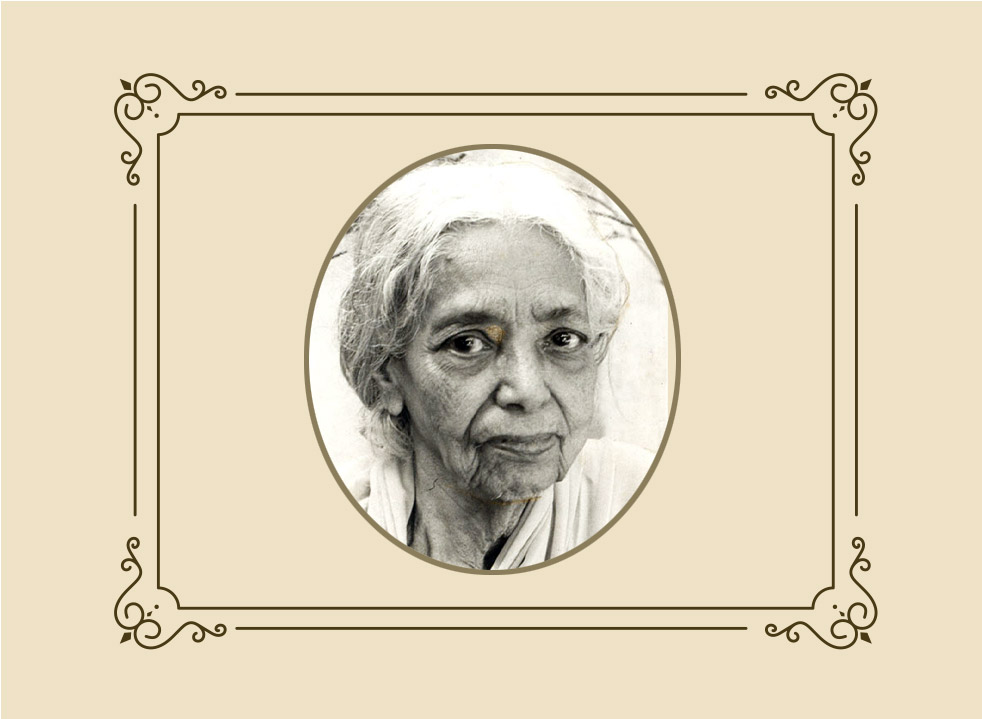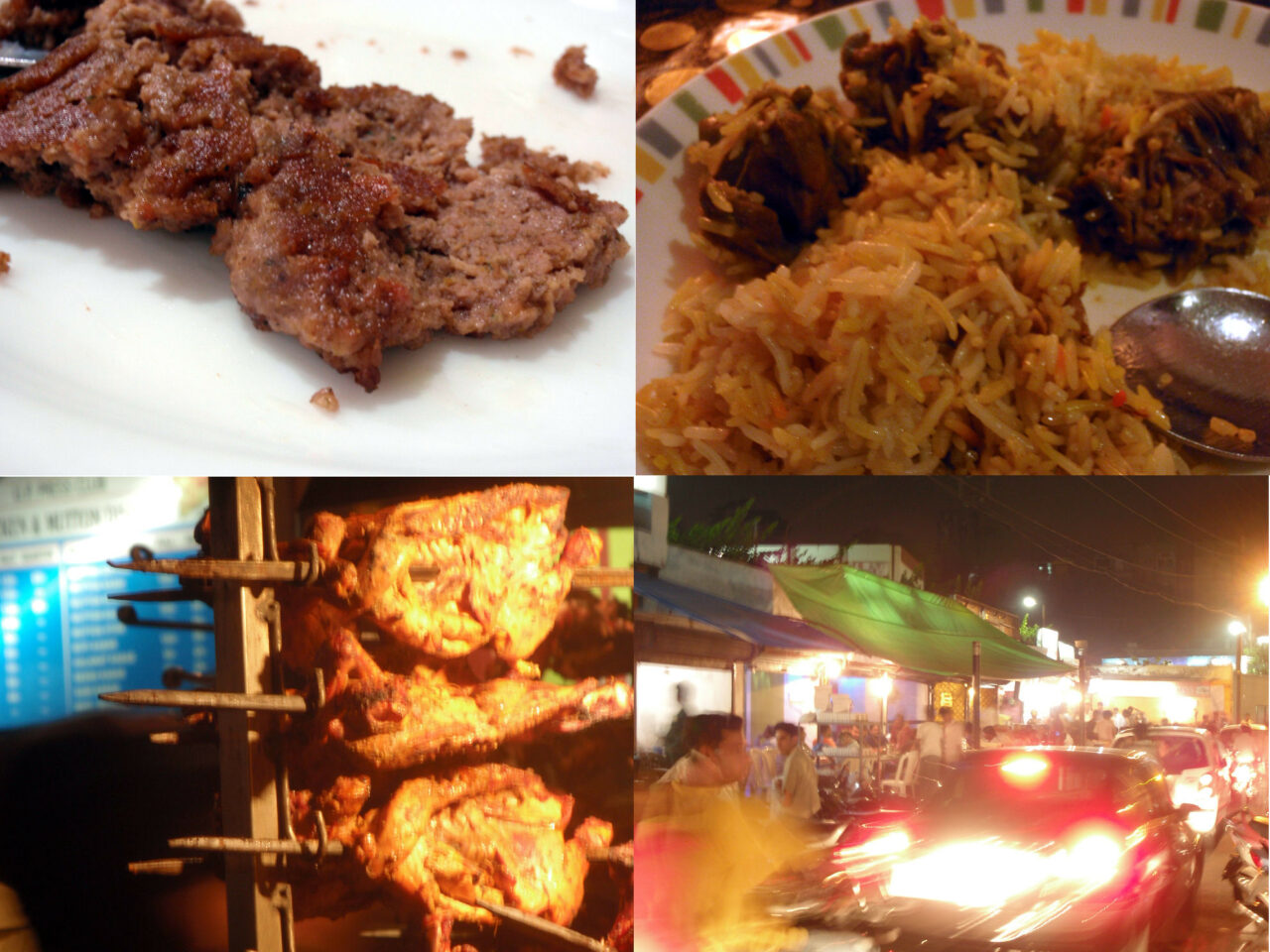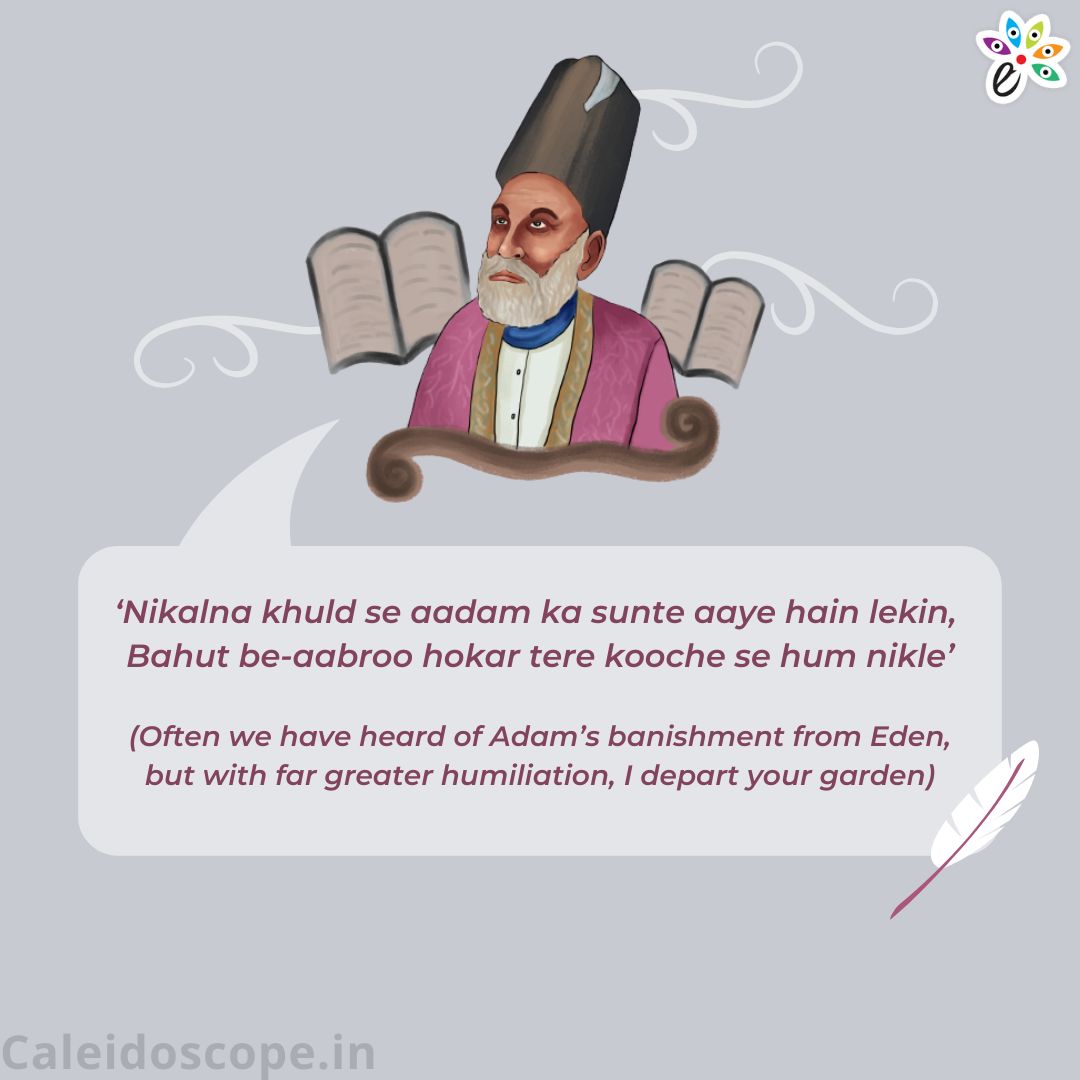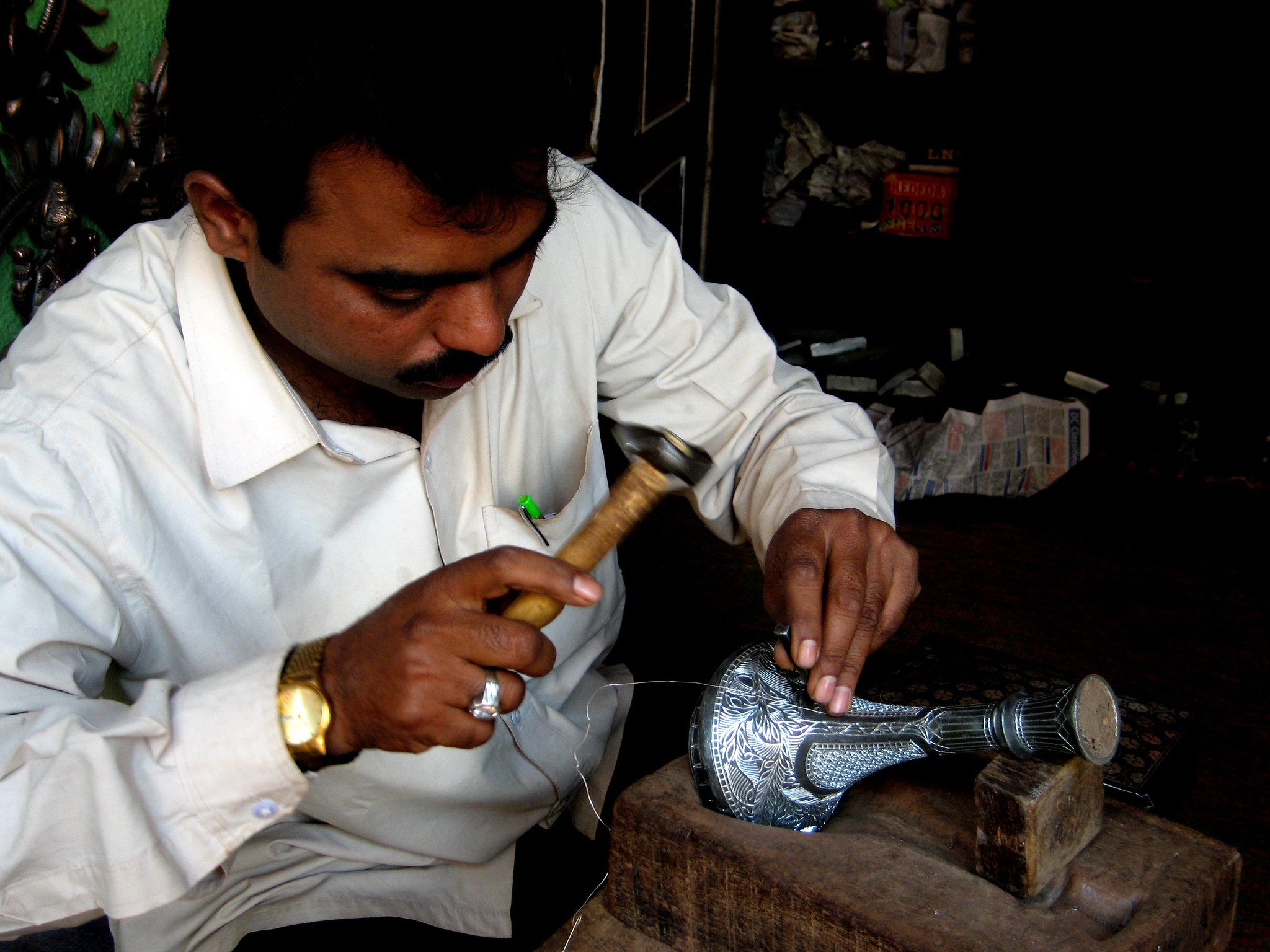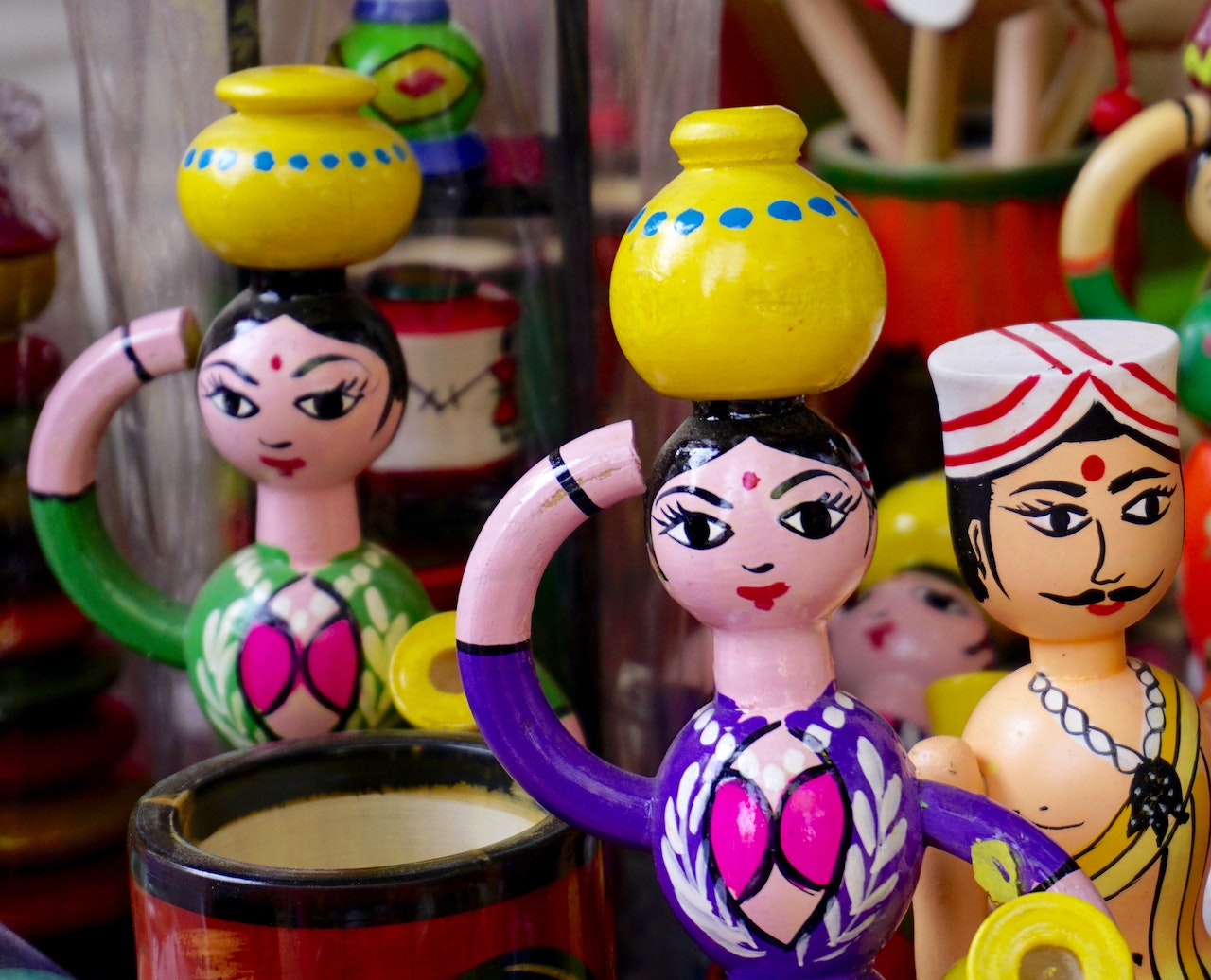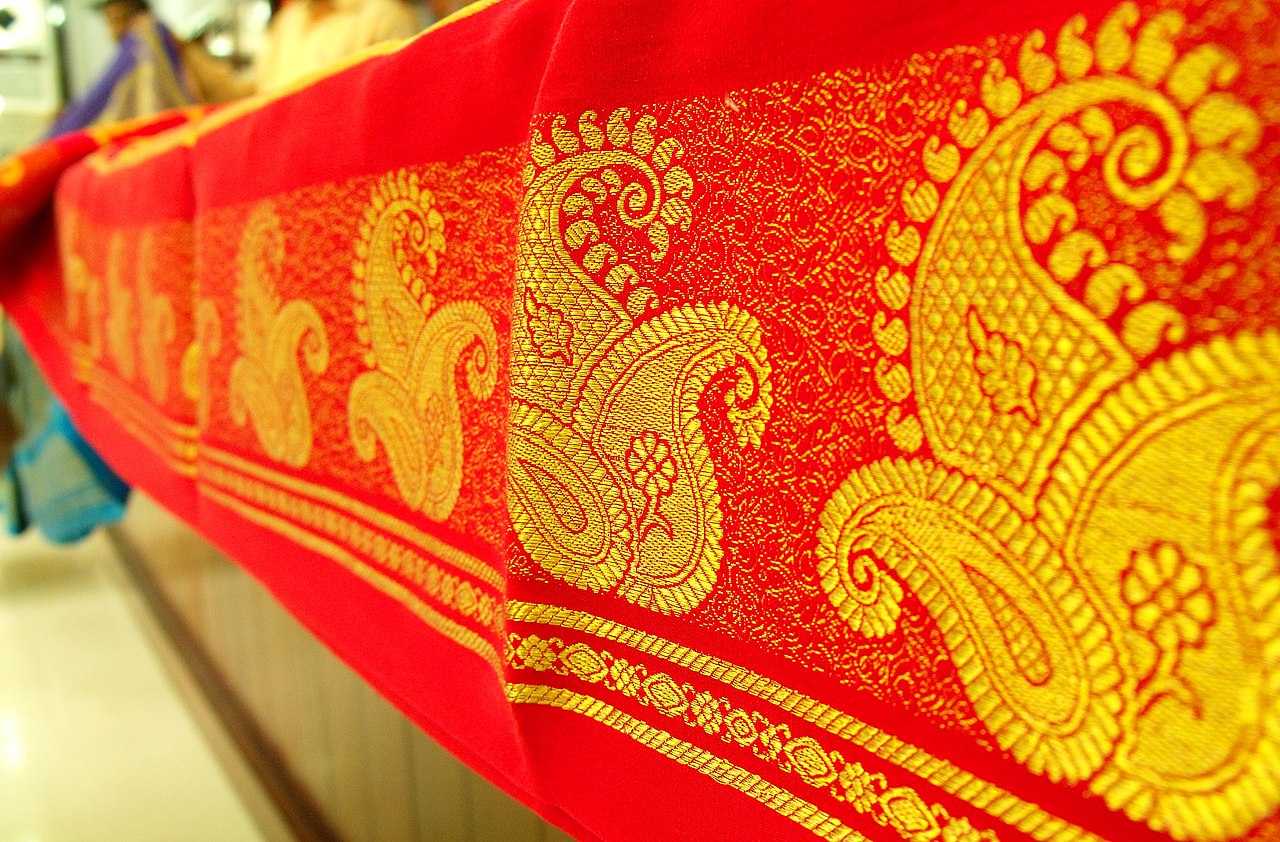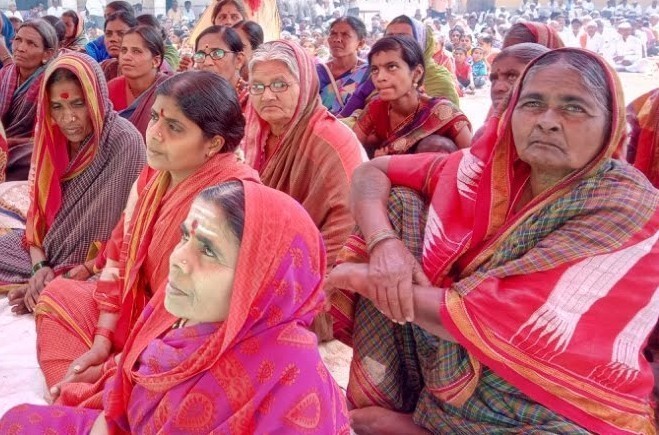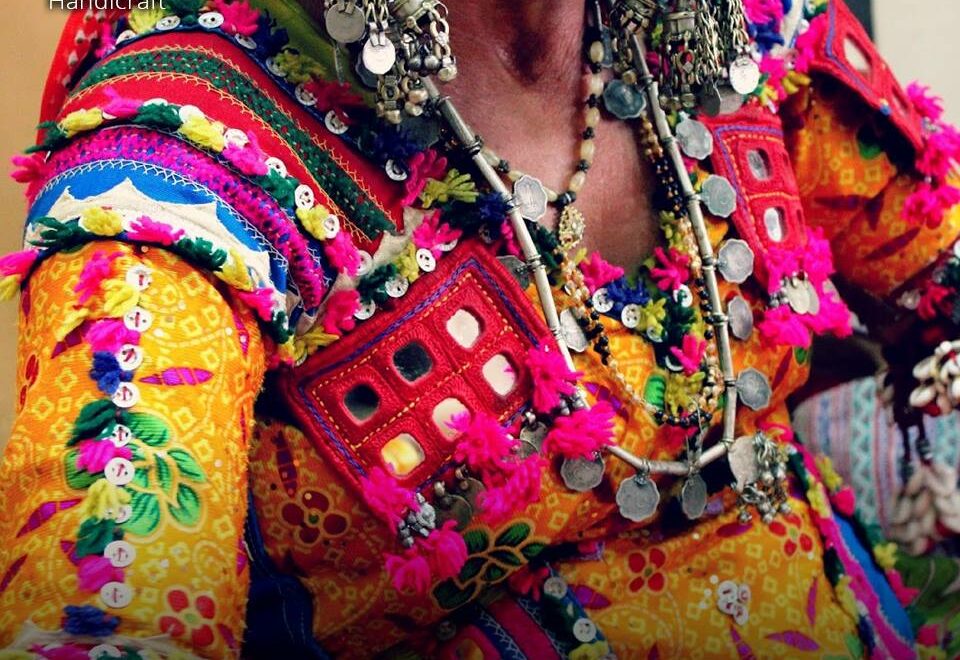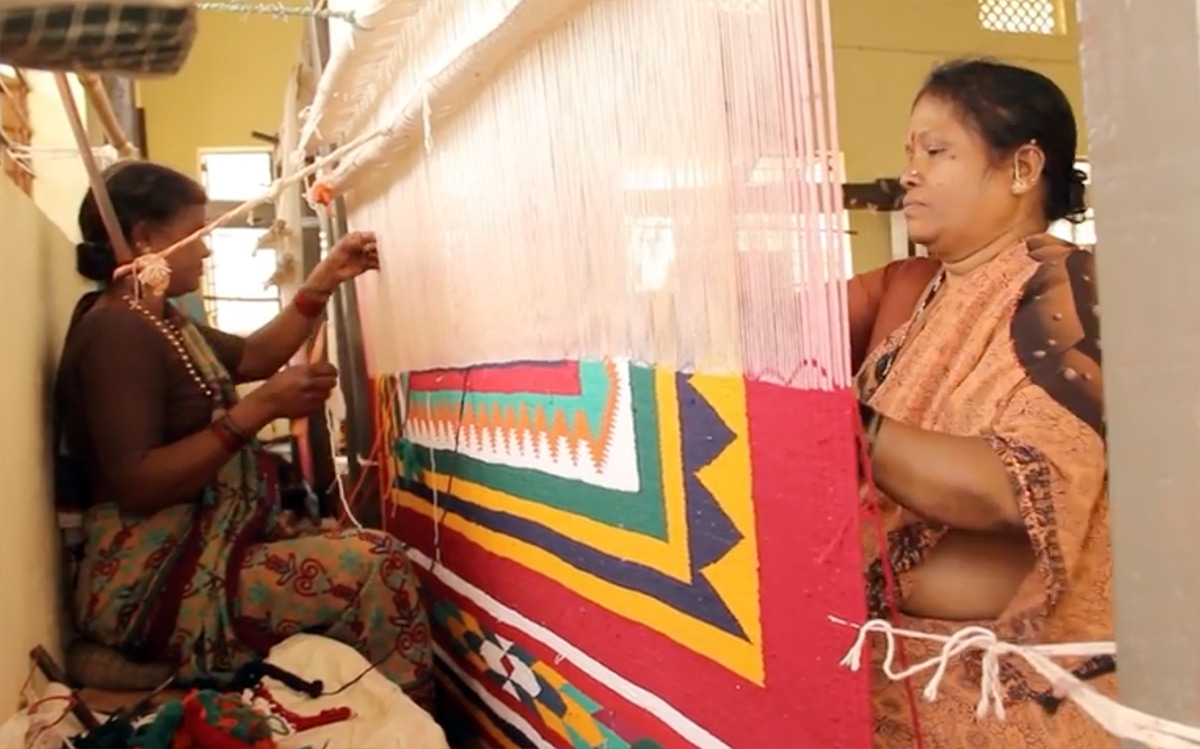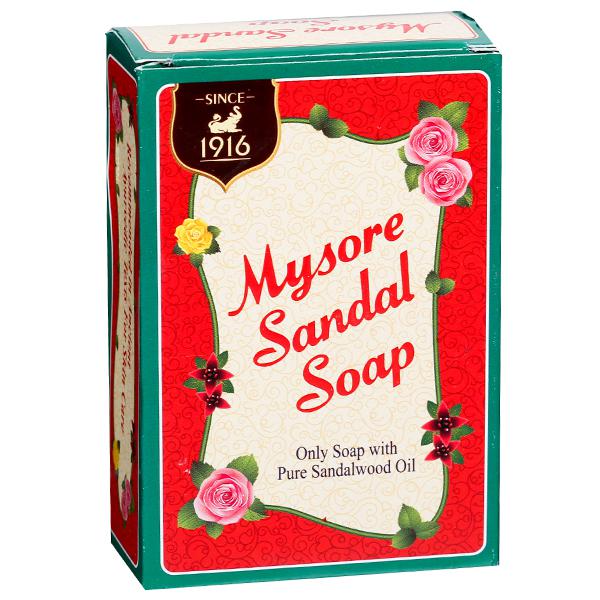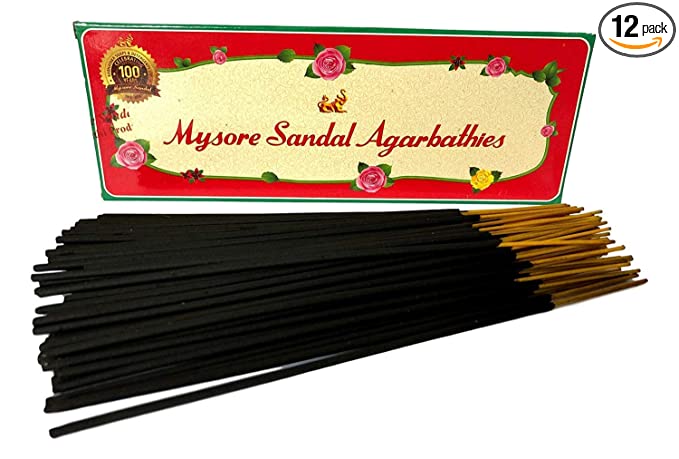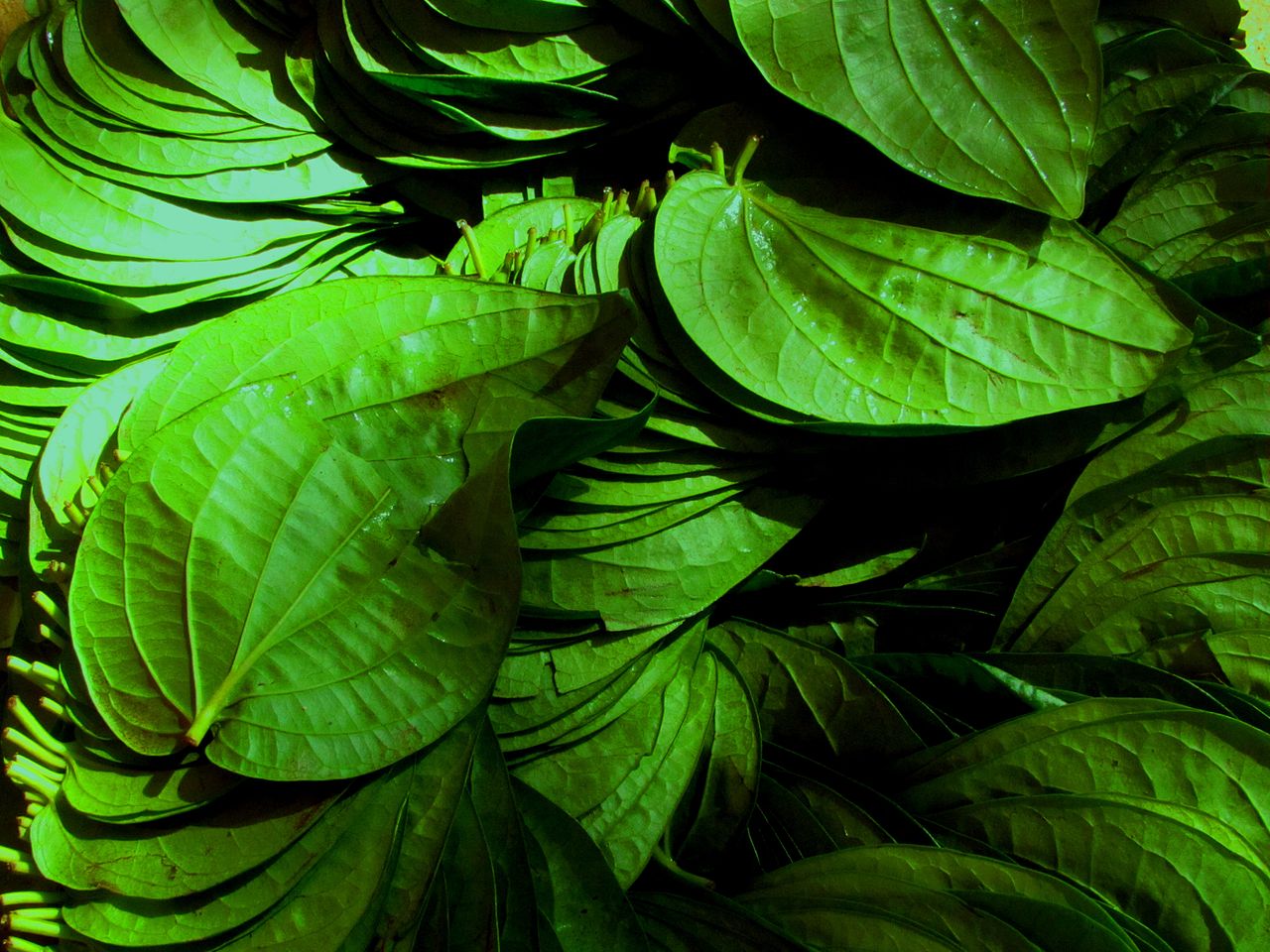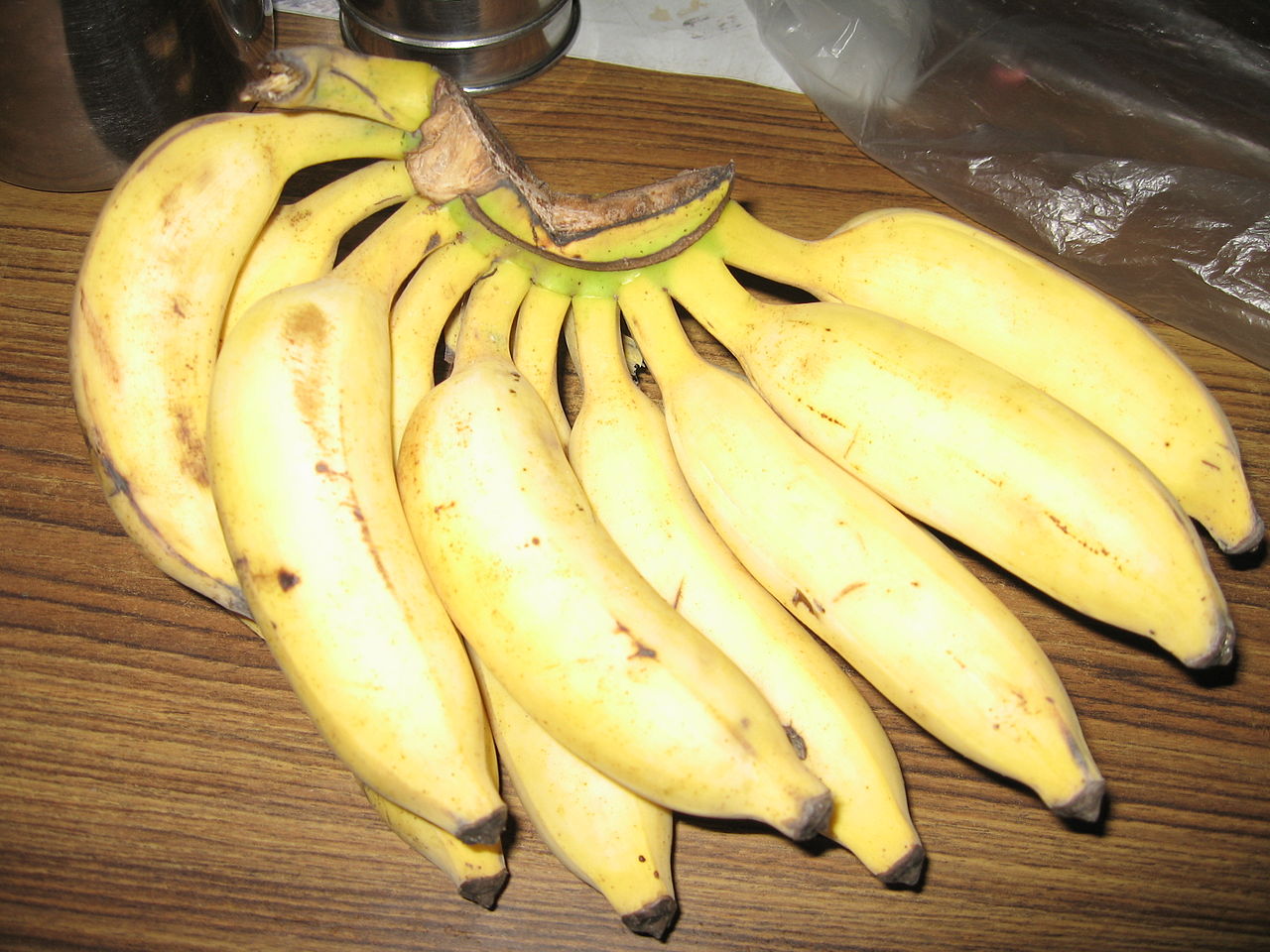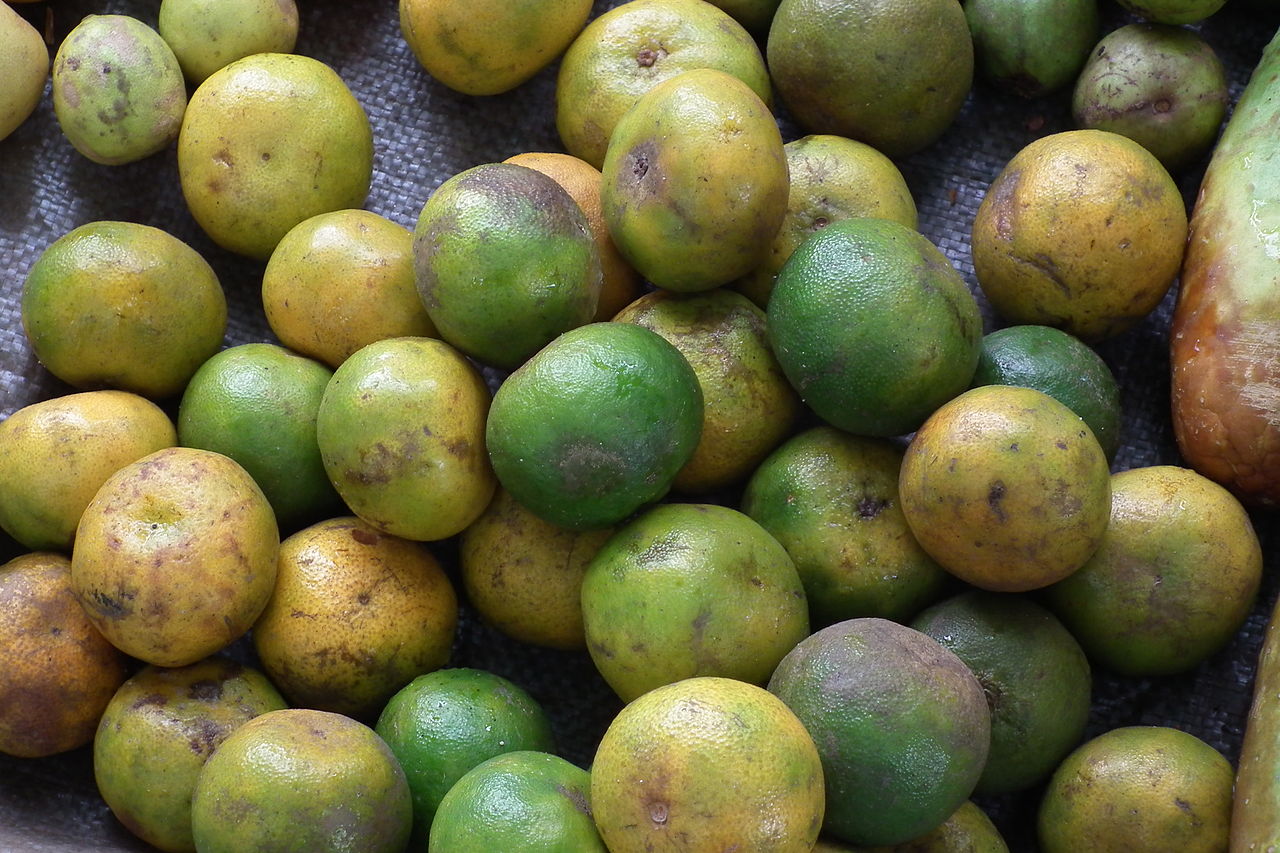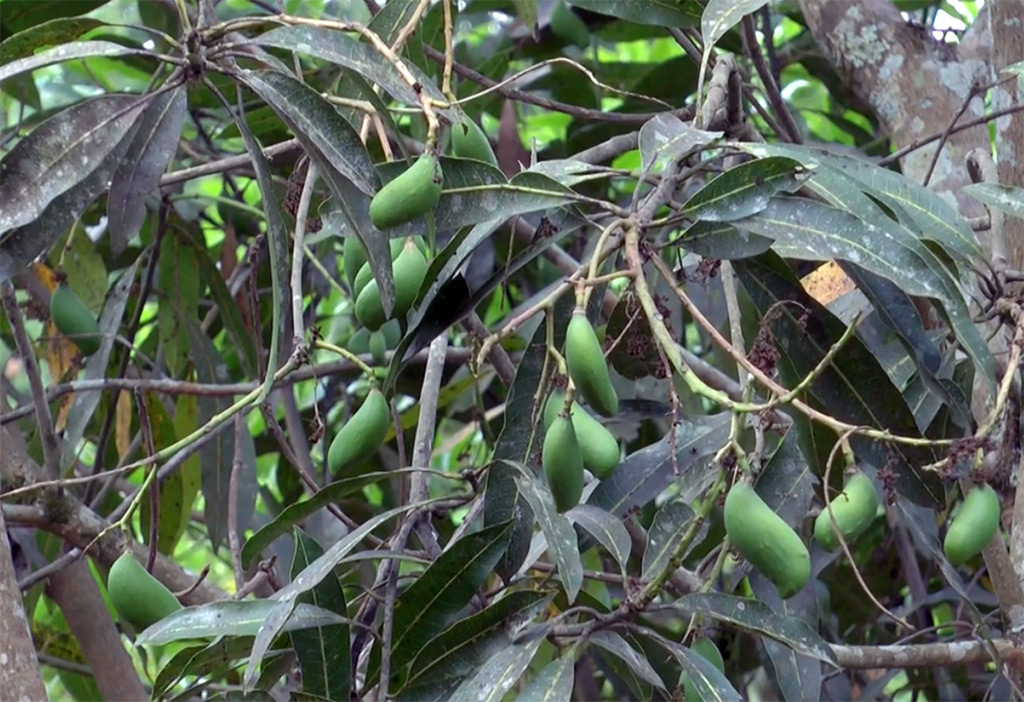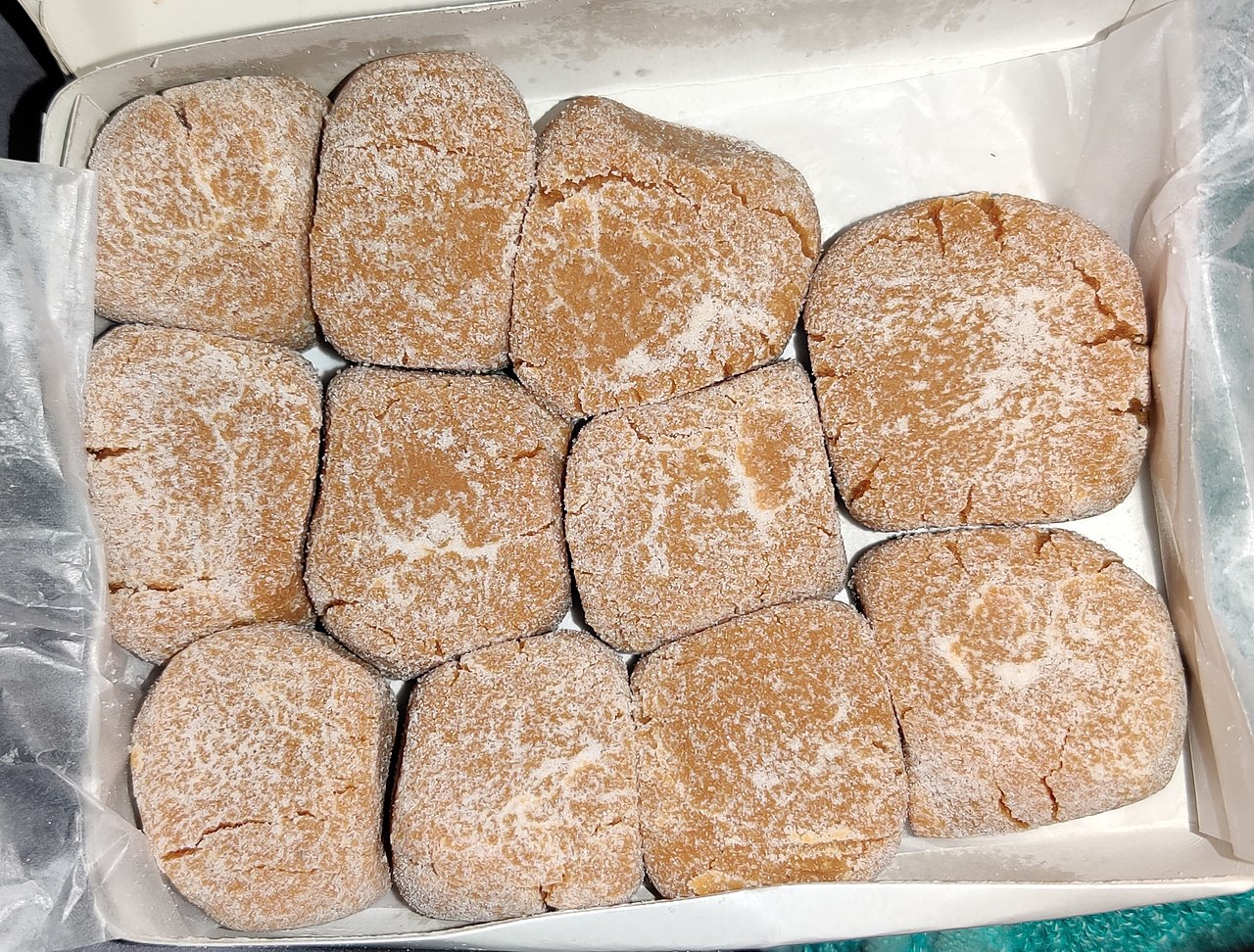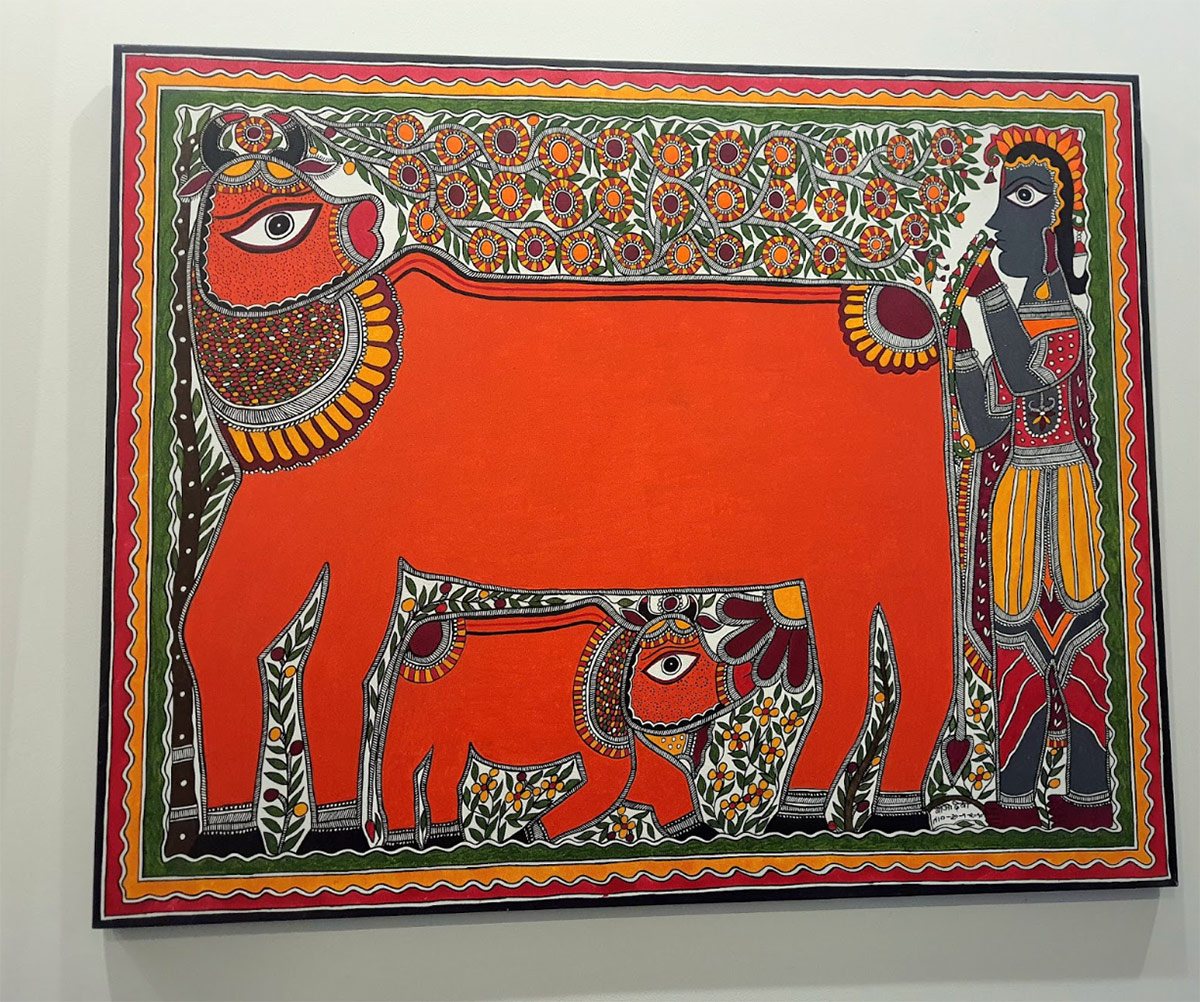
I fondly remember when I was a child, I used to be crazy about comic books. Those pages filled with colourful illustrations, jokes and dialogues would just take you to a whole new world. I’ve grown up now, but I confess, I’m still as crazy about them. There’s just something about those little books that makes me so nostalgic.
I don’t think kids today would ever know the joy of holding up a beaten-up, dog-eared and crumbling comic book. Everything is now available to read on the internet – you can read comics right off your computer or download them on your iPad or tablet. I’m not putting down any of these methods of reading but a real book has a charm unlike anything else. A comic book used to fuel our imagination, our creativity and resourcefulness but sadly that seems to be passing now. While I do truly believe that nothing can replace the charm and appeal of a paperback comic book, if we can provide comic books for children today in electronic form it can revive them. Just how successful they will be is something only time will tell.
Just to refresh your memory, here are a few Indian comics that are bound to get you all nostalgic.
1. Diamond Comics

Do you remember the amusing, not to mention hilarious capers of Pinki and Billoo? Or the amusing adventures of Chacha Chaudhary, Sabu and his faithful dog, Rocket? Diamond Comics was responsible for bringing these characters to children across India with the help of master illustrator Pran who brought them to life. It also featured a range of other popular characters such as Raman, Motu-Patlu, Shrimati Ji, Channi Chachi, Fauladi Singh and so many more. Along with these, they also published the comics featuring a number of foreign characters like Phantom, Mandrake, Spiderman and Superman. Diamond comics have gained a huge following over the years not just among children but adults as well, making it one of the most popular comics in India.
2. Amar Chitra Katha

One of the oldest and the most well-known comic book that has been enthralling children with its tales of Indian culture and heritage since 1967, Amar Chitra Katha has come a long, long way. It was started as a series by Anant Pai and was divided into many sections with stories about Indian visionaries, scientists and fables from Panchatantra, mythological stories from Indian epics like Ramayana and the Mahabharata as well as humorous stories like Akbar and Birbal, Tenali Raman and so on. Today it is published in over twenty languages and shipped all over the world. It has to be said that Amar Chitra Katha made Indian kids more aware about their heritage and history at a time when India was moving towards development and urbanization. Filled with colourful illustrations and snappy dialogues, these are the comic books we grew up reading.
3. Raj Comics

Before we all got addicted to Marvel/DC superheroes like the Incredible Hulk, Wolverine and Captain America, there was Raj Comics. The comic responsible for spawning off some of India’s most popular superheroes is also one of the longest running and the most successful comic books. It featured characters such as Nagraj, arguably India’s finest superhero, Shakti, our very own version of a female superhero, Doga, the anti-hero, Inspector Steel and so many more iconic characters. Before Marvel and DC superheroes, there were these superheroes that ignited and stimulated the imagination of so many young children all over India.
4. Tinkle

Who else remembers sneaking in a Tinkle comic and reading it during lunch breaks? It also fit snugly into our pockets and we loved taking it everywhere with us. Tinkle comics, with its wholesome mix of stories and comics was and is still popular, not just among children but grown-ups as well. Created by Anant Pai or Uncle Pai as he is affectionately known, it features something for everyone, everything from puzzles to stories, humorous anecdotes, quizzes and comics. Plus who can forget the unforgettable characters of Suppandi, a very foolish simpleton who’s always up to his hilarious antics, Shikari Shambu, the bumbling jungle hunter, Kalia the friendly crow and so many more. It’s still popular, so much so that it still has a monthly subscription of over 300,000 copies. Since its creation in 1980, Tinkle has been engaging children and adults of all ages with its entertaining as well as educational content.
5. Indrajal

Started by Bennet, Coleman & Co, the publishers of The Times of India in 1964, Indrajal Comics featured stories from Lee Falk’s The Phantom as well as iconic characters such as Mandrake, Flash Gordon and Buz Sawyer. The most distinctive feature of Indrajal Comics was its bright and colourful cover designed by B. Govind and that alone could catch your eye. Indrajal also began publishing in various Indian languages. Sadly the publication canceled the series in 1990. Indrajal Comics are sought after a lot by comic aficionados and collectors. If you’ve got a copy, it can get you up to Rs.70, 000 becoming a collector’s item and quite the treasure.
6. Chandamama

Chandamama was another classic story magazine; in fact summer vacations and Chandamama sort of went hand in hand. It had some of the most vibrant and beautiful illustrations and artwork and ran the longest running series of mythological tales in India as well as the very popular Vikram-Betal stories. The first issue was launched in 1947 in Telugu by B.Nagi Reddy and Chakrapani. After a while the magazine was revamped and published in many Indian languages. Known mostly for its historical and mythological tales and stories full of moral values, Chandamama has always striven to educate children about Indian culture, heritage and folklore. As of now Chandamama is no longer published but you can access it online from a number of websites.


